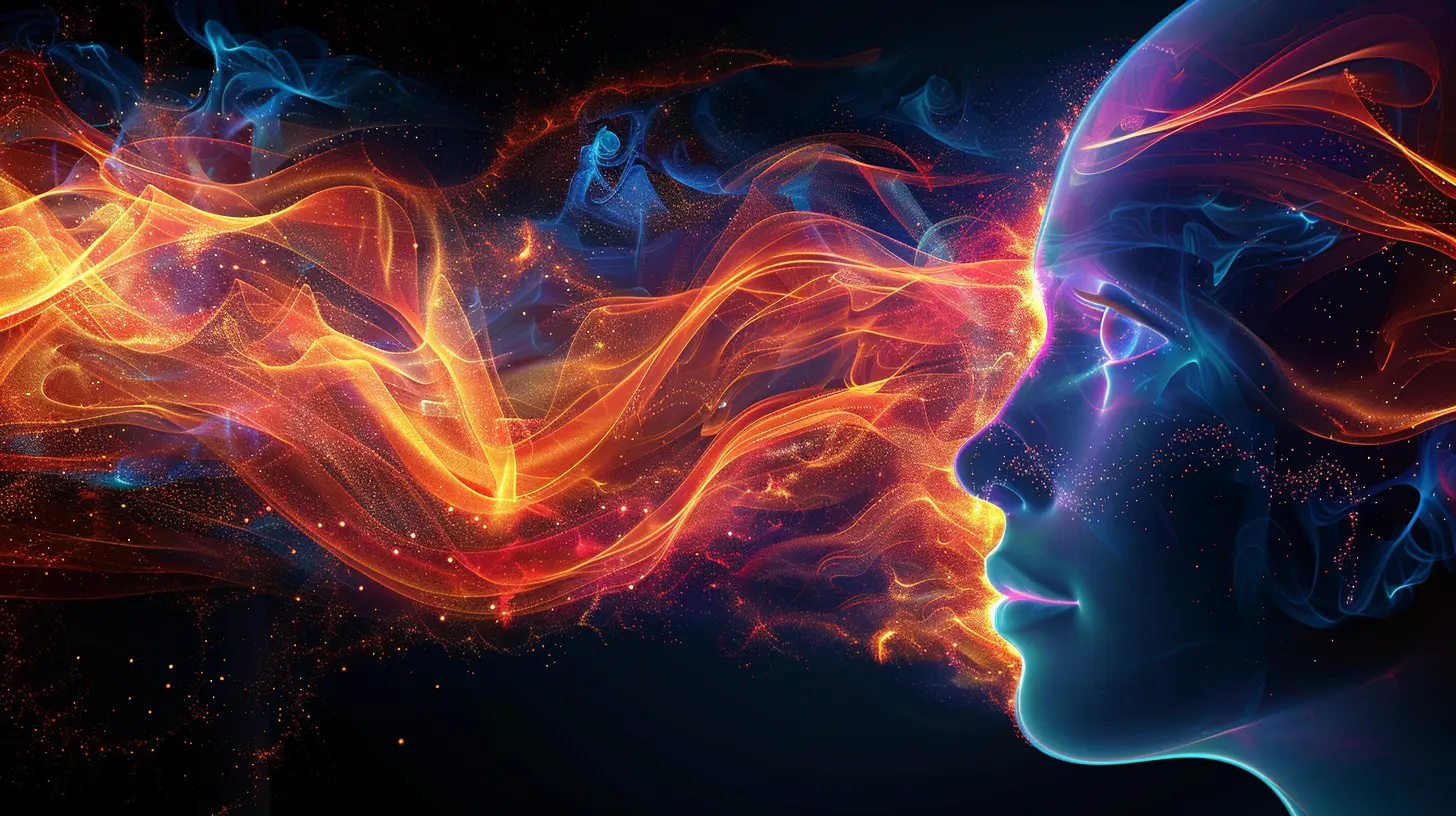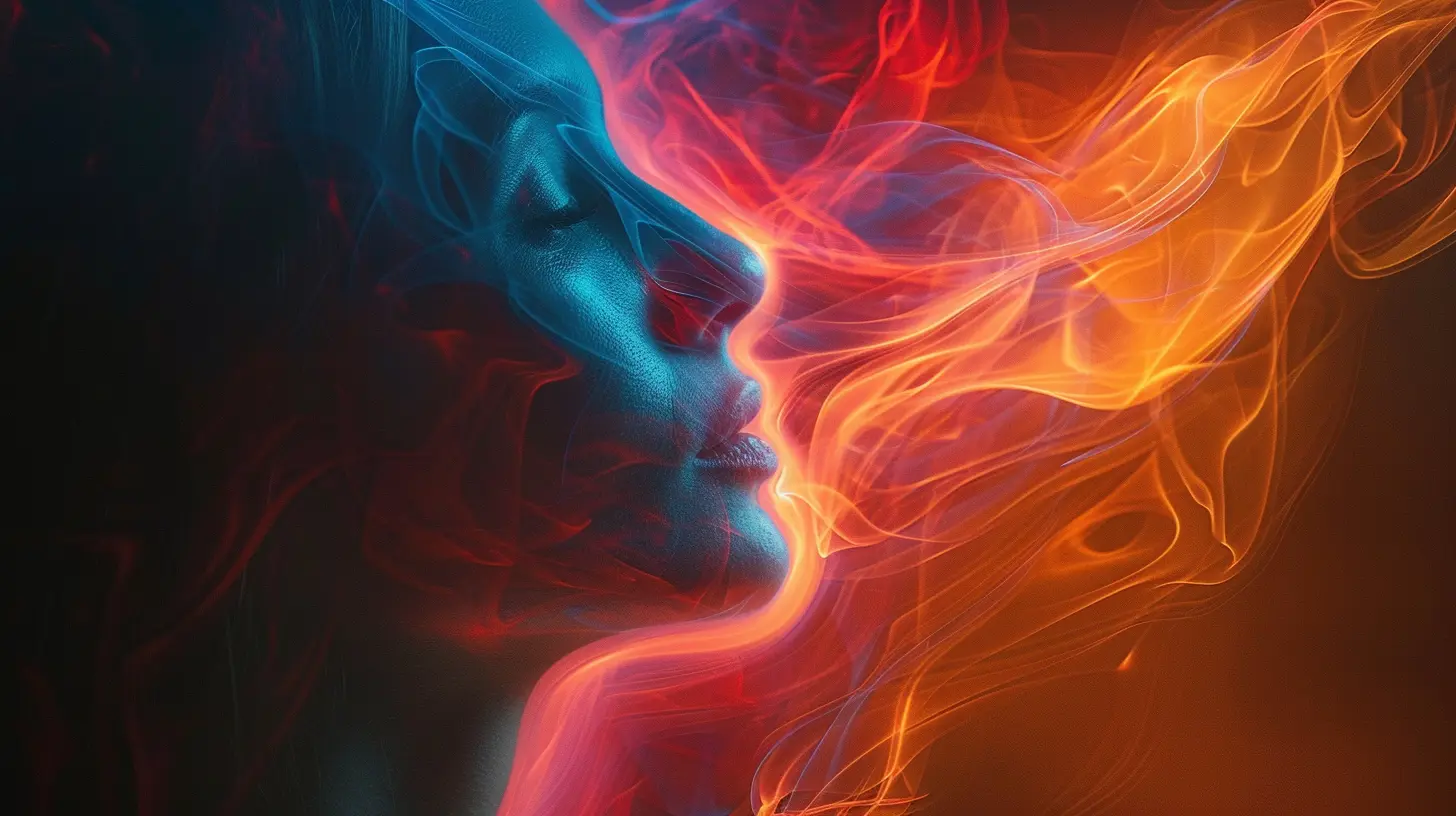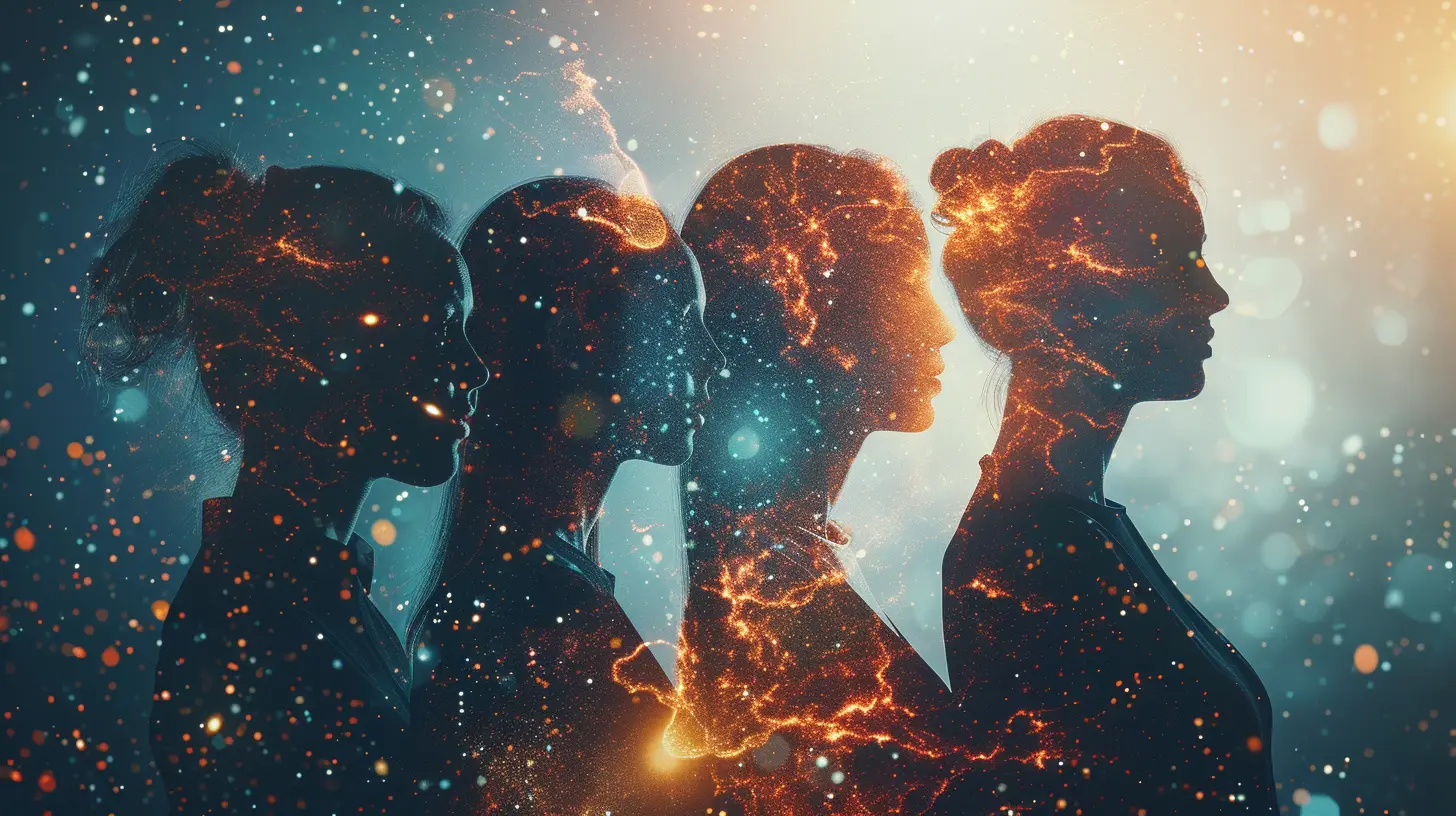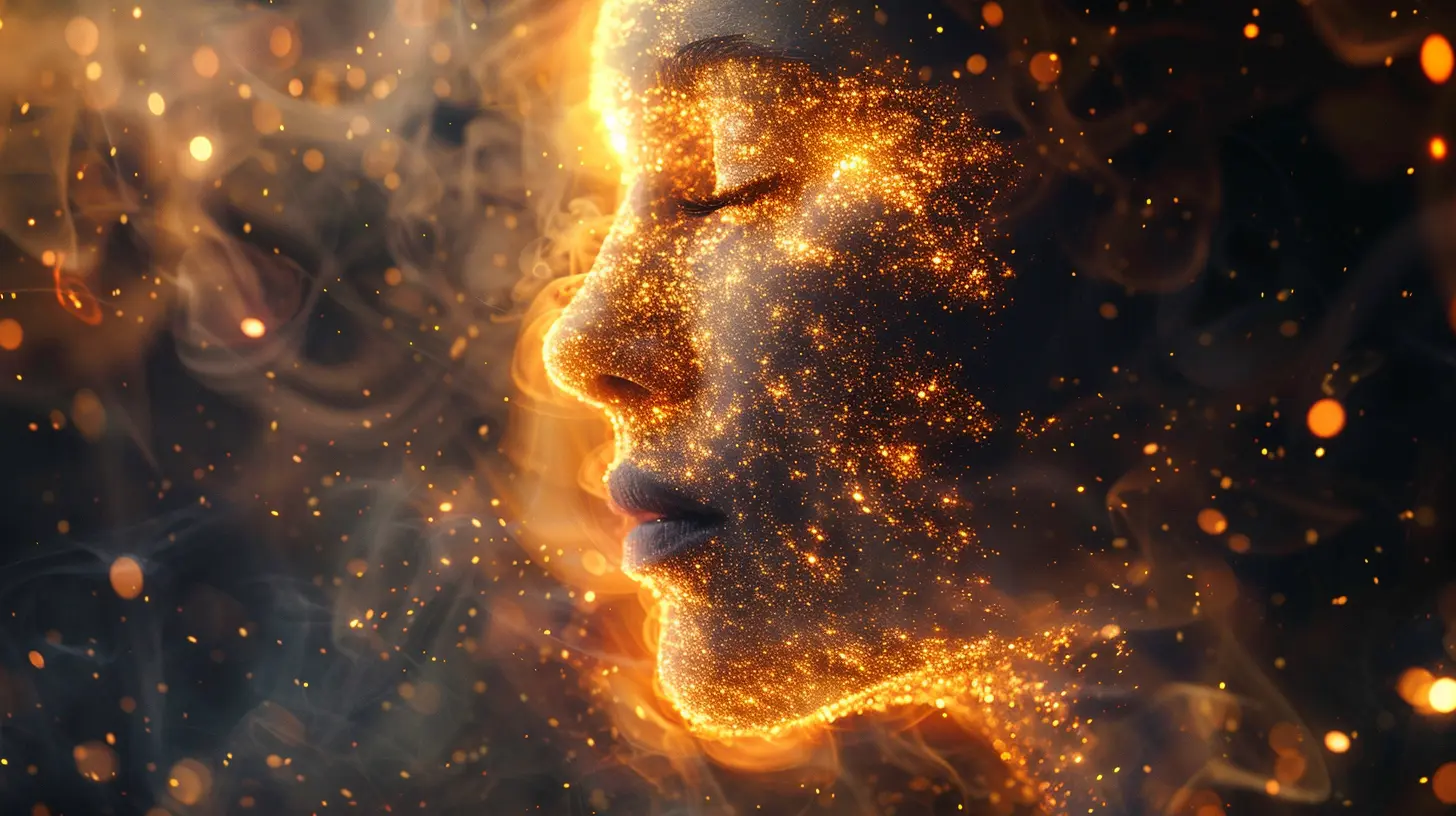How the Brain Processes Faces: Insights from Cognitive Science
26 July 2025
Have you ever looked at someone and instantly recognized who they were — even if it had been years since you last saw them? Or maybe you've caught yourself reading someone’s emotions just by glancing at their face? That’s not magic. That’s your brain at work, doing something incredibly complex and automatic. In this post, we’re diving into the neuroscience behind how the brain processes faces, and believe me — it’s a fascinating ride.
Let’s pull back the curtain on how you recognize your best friend in a crowd, feel empathy from a frown, or even get fooled by a wax figure. The science of face perception brings together psychology, neuroscience, and a bit of evolutionary biology, so buckle up.
Why Are Faces So Important to Us?
Think about it. In our everyday lives, faces are everywhere. We use them to connect, communicate, and understand others. Before we even learn to speak as babies, we’re already studying faces. That tells us one crucial thing — our brains are hardwired for face processing.From an evolutionary standpoint, recognizing faces made a lot of sense. Understanding who’s friend or foe, reading emotions, or knowing when someone’s lying all starts with face perception. It’s fundamental to our survival and social bonding.
The Brain’s Special Face Processor: The Fusiform Face Area (FFA)
One of the brain's MVPs when it comes to face recognition is the fusiform face area (FFA). This region sits in the right hemisphere of the brain in a part called the fusiform gyrus. It lights up like a Christmas tree on brain scans when we look at faces.But here’s the kicker — it doesn't get quite as excited when we look at other objects. That means the brain dedicates this exclusive space for face processing. Imagine having a VIP lounge in your brain just for faces. That’s how important they are.
So, how does the FFA do it?
It processes facial features — eyes, nose, mouth — but more interestingly, it takes in the relationships between those features. This spatial awareness allows us to recognize faces even when expressions change or lighting shifts.
Face Perception Happens Fast — Super Fast!
We often think of our brain as slow and methodical, but face perception happens in under 200 milliseconds. That’s faster than a blink! The brain gets a snapshot of a face and starts running it through its memory database like Google looking for a match.This process is automatic and unconscious. You don’t have to think, “Hmm, does this face look like my cousin?” Your brain just tells you, instantly.
What About Emotions? That's the Amygdala's Job
Okay, so recognizing a face is one part of the puzzle. But what about understanding how someone feels? That comes down to the amygdala, the brain’s emotional radar.The amygdala helps us interpret expressions like fear, joy, anger, or sadness. It’s what makes you step back when you see someone scowling or feel joy when you're met with a warm smile. The amygdala, especially when paired with the FFA, gives context to a face — turning a neutral look into a full-on story.
Babies and Face Recognition: Born to Stare
Ever noticed how babies are mesmerized by faces? From practically birth, they prefer looking at face-like images over random patterns. And by just a few months old, infants can recognize their primary caregivers.It’s not just cute — it’s cognitive science in action. The infant brain starts building neural pathways for recognizing faces super early, which sets the foundation for later social development.
When Things Go Wrong: Prosopagnosia (Face Blindness)
Not everyone experiences face recognition the same way. Some people live with prosopagnosia, a condition where face recognition is either impaired or completely absent. It’s not just forgetting someone’s name — we’re talking not recognizing your own family members by their faces alone.This condition can be congenital (you’re born with it) or acquired after a brain injury. And it perfectly illustrates just how specialized — and fragile — face processing really is.
Are We Better at Recognizing Familiar Faces?
Absolutely, yes.Our brains are way better at picking out faces we know. That’s why you can spot a friend across a busy room while overlooking a hundred strangers. This happens because the brain builds a more detailed and permanent representation of familiar faces — almost like saving a hi-res image in your mental photo album.
Strangers get the blurry, low-res treatment until you’ve seen them enough times to upgrade their memory file.
Cultural Factors: Do We All See Faces the Same Way?
Not exactly.Cultural experiences shape how we focus on different facial features. For example, research has shown that Western cultures tend to focus more on the eyes and mouth, while East Asian cultures rely more on context, looking at the face holistically or focusing on areas like the nose.
This difference can affect how emotions are read or how accurately people recognize cross-cultural expressions. It’s proof that while we may be wired similarly, our environment tunes how that wiring operates.
The Role of Mirror Neurons
You know when someone smiles at you and you instinctively smile back? That’s not just social cue-following — that’s mirror neurons at play.These neurons “mirror” the behavior you observe, helping you empathize and connect emotionally. They're essential for understanding others' feelings and intentions. In face processing, mirror neurons light up when we observe facial expressions, allowing us to internally simulate them.
This mechanism might explain why emotional expressions are contagious — you literally feel what you see.
Artificial Intelligence and Face Recognition: Mimicking Our Brain
Ever noticed how facial recognition tech sometimes struggles with accuracy? That’s because, despite all our technological advances, AI still has a long way to go to match the brain’s face processing abilities.Programs like those used in social media or security cameras rely on mapping facial features, but they lack the nuanced understanding the human brain has — especially when it comes to expressions, context, and familiarity.
Scientists often look to how our brains work as a model to improve AI facial recognition systems. It’s like nature providing the blueprint for man-made intelligence.
Faces and Memory: A Two-Way Street
Face perception and memory are tightly interlinked. If you’ve ever felt a nagging sense of familiarity with someone you can’t quite place, you’ve experienced this firsthand.Our memory system — particularly the hippocampus — helps solidify facial recognition over time. The more interactions you have with someone, the stronger that facial memory becomes. But it also works the other way: people with memory impairments, like those with Alzheimer’s disease, often struggle to recognize even close family members.
This connection shows just how deeply faces are tied into our identity and sense of belonging.
The Evolutionary Edge
Let’s rewind a few million years.Early humans had to navigate complex social groups. Being able to recognize who's in your tribe, who’s a threat, or who owes you a favor was crucial for survival. Face processing likely gave our ancestors an edge — better cooperation, more empathy, and tighter social bonds.
So, when you think about it, your ability to pick your friend out of a crowd isn’t just convenient — it’s part of what made us human.
Final Thoughts: It’s All in the Face
From newborns locking eyes with mom to seniors recognizing an old friend, face perception is a central part of human experience. It’s fast, it’s intricate, and frankly, it’s magical. Behind the scenes, your brain is running a high-speed, hyper-specialized operation to help you connect with others through just a glance.Understanding how the brain processes faces gives us insight not just into cognitive science but into what it means to be social, emotional, and human.
So next time you catch yourself instantly smiling back at someone, now you know — it's not just a reaction. It's a full-blown neural orchestra playing the music of human connection.
all images in this post were generated using AI tools
Category:
Cognitive ScienceAuthor:

Christine Carter
Discussion
rate this article
1 comments
Jessica Spencer
Understanding how our brains process faces isn’t just a scientific curiosity; it’s essential. This knowledge reshapes our perspectives on identity, social interactions, and even empathy in an increasingly complex world.
August 2, 2025 at 5:01 PM

Christine Carter
Thank you for your insightful comment! Understanding facial processing indeed has profound implications for our perceptions of identity and social dynamics.


